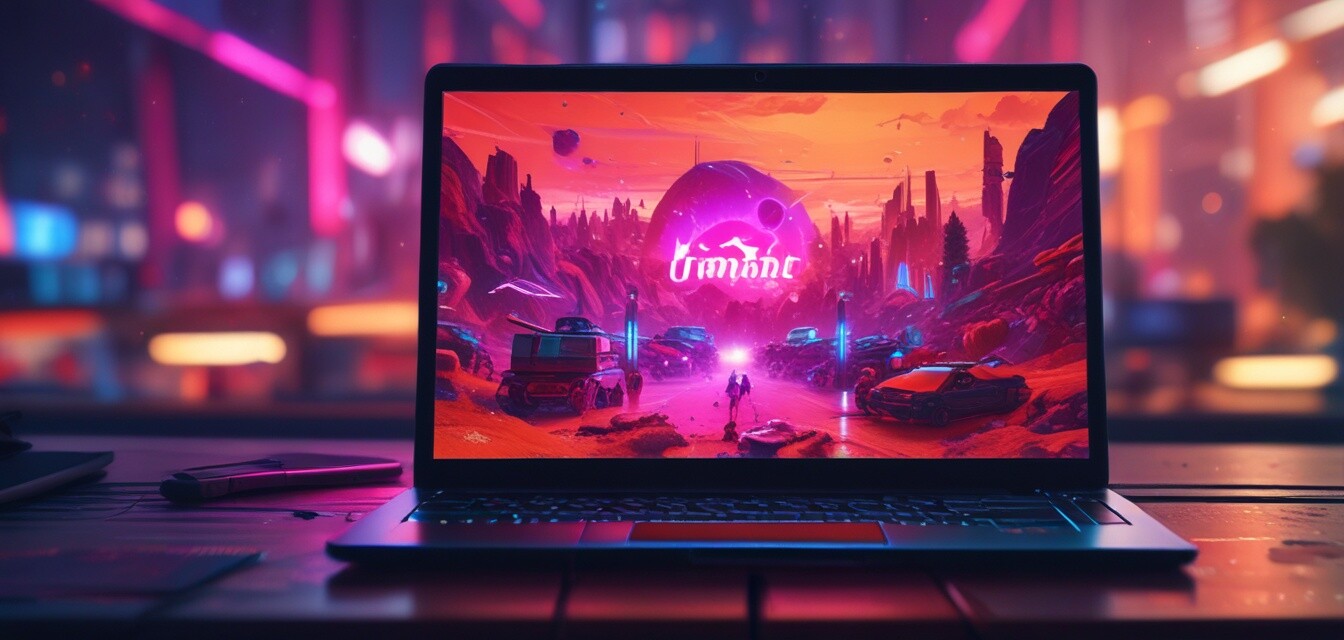
Optimal Gaming Laptops for Ray Tracing
Key Takeaways
- Ray tracing enhances visual realism in games, providing stunning graphics.
- Optimal gaming laptops for ray tracing typically feature powerful GPUs and CPUs.
- Consider factors such as display quality, cooling systems, and battery life when choosing a gaming laptop.
- Stay within your budget while ensuring you meet minimum specifications for ray tracing support.
As gaming technology has advanced, ray tracing has emerged as a revolutionary way to enhance the gaming experience. This technology simulates real-life lighting effects, providing highly realistic visuals that can significantly elevate gameplay. However, not all laptops are created equal when it comes to harnessing the power of ray tracing. In this article, we will explore the features that make a gaming laptop ideal for ray tracing and how to choose the right device for your gaming needs.
What is ray tracing?
Ray tracing is a rendering technique that simulates the way light interacts with objects to create realistic lighting, shadows, and reflections. By tracing the path of light rays as they bounce around a scene, ray tracing creates breathtaking graphics that are closer to reality than ever before. For gamers, this means an immersive experience with details that enhance every aspect of gameplay.
Key features of gaming laptops suitable for ray tracing
When searching for a gaming laptop that supports ray tracing, consider the following key features:
- Graphics Card: A powerful GPU is essential for running games with ray tracing enabled. Look for laptops equipped with NVIDIA's RTX series or AMD's RX 6000 series graphics cards.
- Processor: A strong CPU will ensure smooth performance. Aim for at least an Intel Core i7 or AMD Ryzen 7 processor.
- Display: A high-quality display with a fast refresh rate (at least 144Hz) is crucial for enjoying high-resolution graphics.
- Cooling System: Gaming laptops can generate significant heat. Efficient cooling solutions ensure your laptop maintains peak performance during intense gaming sessions.
- Memory and Storage: At least 16GB of RAM and a solid-state drive (SSD) will facilitate fast load times and multitasking.
Comparison of essential specs for gaming laptops
| Spec | Minimum Requirement | Recommended |
|---|---|---|
| Graphics Card | NVIDIA GTX 1660 Ti / AMD RX 5600M | NVIDIA RTX 3060 / AMD RX 6700M |
| Processor | Intel i5 / AMD Ryzen 5 | Intel i7 / AMD Ryzen 7 |
| RAM | 8GB | 16GB+ |
| Storage | HDD / 512GB SSD | 1TB SSD preferred |
| Battery Life | 4 hours | 6 hours+ |
Tips for choosing the right gaming laptop
Beginner's tips
- Set a budget that allows for flexibility regarding the specs needed for ray tracing.
- Research multiple brands to find laptops with the best customer reviews and reliability.
- Opt for a laptop with upgradeable memory and storage options for future-proofing.
- Take note of the keyboard and trackpad quality; comfort is key for long gaming sessions.
- Check for warranty plans and customer service ratings as added security for your purchase.
Conclusion
Investing in a gaming laptop that supports ray tracing technology is a game-changer for anyone looking to experience the highest quality visuals in gaming. By understanding what features to prioritize and how to choose the best device for your needs, you can ensure you're making a sound investment. Always keep an eye on upcoming releases and trends in gaming technology to stay informed. Your next gaming adventure awaits with the spectacular graphics only ray tracing can provide!
Pros
- Revolutionizes visual experience with realistic graphics.
- Allows for enhanced gameplay and immersion.
- Backward compatibility with non-ray tracing games.
Cons
- Higher cost associated with advanced hardware.
- Potential for increased heat output and power consumption.
- Limited battery life during heavy gaming.